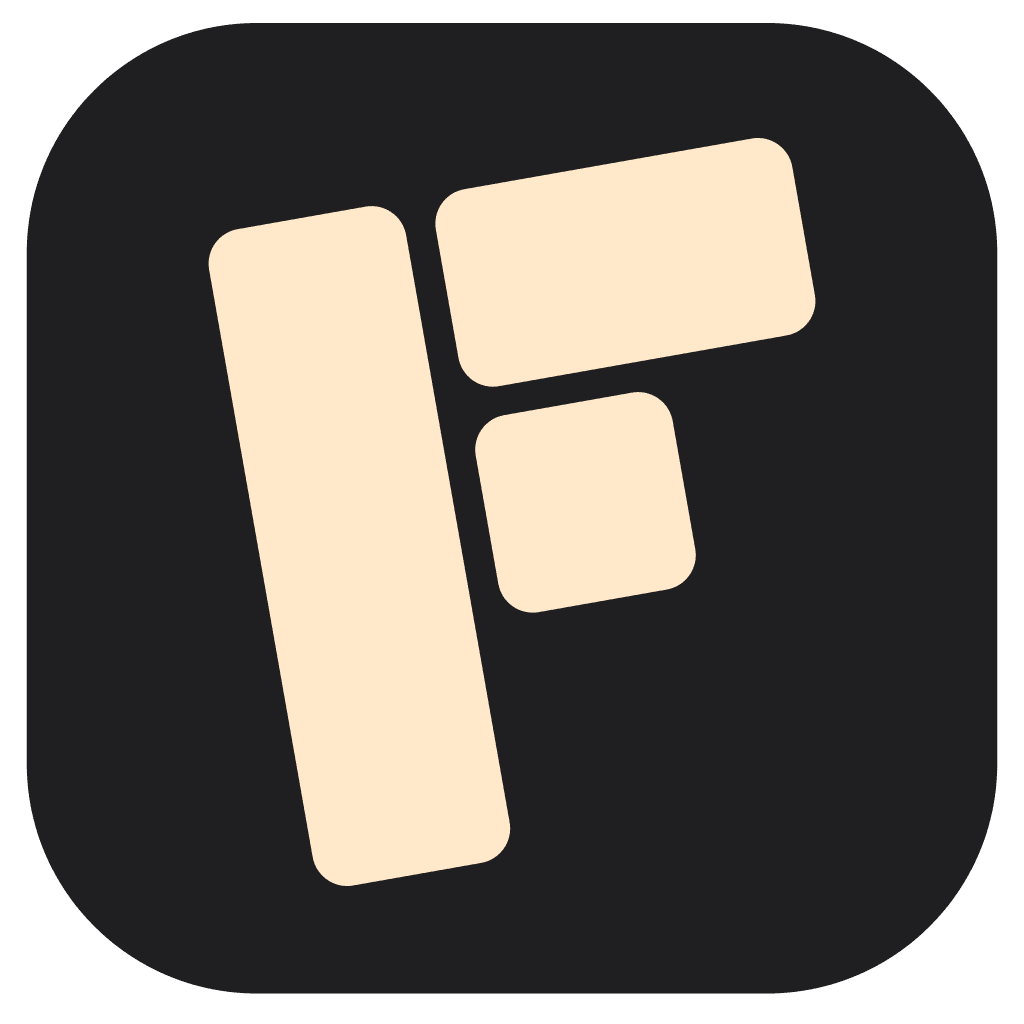Simple frameworks for meaningful leadership in agency work and personal projects
Every morning, I juggle two distinct leadership roles. By day, I implement systems and frameworks as a project manager at a digital agency, working to align our team and boost productivity. By night, I’m building my own ventures, where I need to lead the most challenging team member of all – myself.
Managing these dual roles revealed something crucial about leadership that I’d never fully understood before. It hit me during a routine team meeting at the agency, right after introducing a new project management system.
While everyone nodded along to the improved processes and KPIs, I noticed a familiar glazed look in their eyes – the same one I’d seen in my own reflection when reviewing my personal business goals.
We had all the right systems in place. The processes were solid. The tasks were clearly defined. But something was missing. People were going through the motions rather than feeling genuinely motivated by their work.
And in my own ventures?
I was creating detailed plans and setting clear goals, but often feeling disconnected from the deeper purpose behind them.
That’s when I realized: whether you’re leading a team or working solo, focusing solely on tasks and systems isn’t enough. The real challenge is creating a sense of purpose that drives both daily actions and long-term vision.
In this article, I’ll share the practical frameworks I’ve implemented both at the agency and in my own ventures to shift from pure task management to purpose-driven leadership. You’ll learn how to create clarity and alignment, whether you’re working with a team or just trying to better lead yourself.
The hidden cost of being “perfectly organized”
At the agency where I work, we have a system for everything. Task management software for project tracking, time-tracking tools for billing, collaboration platforms for communication, and dashboards that monitor every measurable metric.
I’ve personally spent countless hours fine-tuning these systems, believing that better organization would naturally lead to better results.
The same went for my personal ventures. My Craft workspace is a thing of beauty – with databases for content planning, automated task reminders, and meticulously organized project boards.
I even have systems for managing my morning routine and scheduling focused work time around my agency responsibilities.
But all these perfectly organized systems revealed an uncomfortable truth: efficiency doesn’t equal effectiveness. At the agency, I noticed that despite having every task clearly assigned and tracked, team members would often ask “why” questions:
- “Why are we using this particular approach?”
- “Why is this project important for our client?”
- “Why are we prioritizing this over that?”
In my own ventures, I found myself facing similar doubts. Despite having clear to-do lists and project timelines, I’d often question whether I was working on the right things or just staying busy with well-organized tasks.
This revealed what I call the “clarity paradox” – the more we focus on organizing and systematizing work, the easier it is to lose sight of the bigger purpose behind that work. It’s like having a perfectly organized toolbox but no idea what you’re trying to build.
Finding clarity before creating systems
The breakthrough came when I started treating purpose as a prerequisite to process. At the agency, before diving into project plans or setting up task boards, I began asking three fundamental questions:
- “What are we really trying to achieve here?”
- “How does this impact our client’s business?”
- “What does success actually look like?”
These questions transformed our team meetings. Instead of jumping straight into tasks and timelines, we’d spend the first 15 minutes discussing the “why” behind the project.
The shift was subtle but significant – team members started contributing more innovative ideas because they understood the underlying purpose of their work.
I applied the same principle to my personal ventures. Rather than starting with what I needed to do, I began with why I was doing it. This meant replacing my standard to-do list with what I call a “purpose grid”:
- Priority 1: Does this move my business forward?
- Priority 2: Does this maintain my energy and wellbeing?
- Priority 3: Does this strengthen key relationships?
This framework helped me make better decisions about where to focus my limited time outside of agency work. More importantly, it helped me communicate clearly with my partner about my commitments and time investments in building my business.
The real power of this approach became evident when I had to decline a promising project opportunity. Instead of just saying “I don’t have time,” I could explain exactly how it didn’t align with my core priorities. This clarity made the decision not just logical but emotionally satisfying.
Building bridges between purpose and action
One of the biggest challenges I face at the agency is translating high-level objectives into day-to-day actions that feel meaningful. It’s not enough to say “we want to deliver exceptional client results” – we need to make that tangible in every task we complete.
I developed what I call “connection points” – specific moments in our workflow where we pause to link our current task to its larger impact. For example, during our weekly project updates, team members don’t just report on task completion. Instead, they share one specific way their work impacted the client’s goals.
This small change produced remarkable results.
A developer on our team who previously just reported “completed frontend updates” now shares things like “implemented a new checkout flow that will reduce cart abandonment by 25% for our client.”
The work didn’t change, but the perspective did.
In my own ventures, I apply this same principle through a simple but effective daily practice. Every morning, before opening my task management tools, I write down one sentence that connects today’s main task to my larger mission. It looks something like this:
“Writing this article will help other professionals balance their agency work with personal ventures by sharing practical leadership frameworks I’ve tested.”
This practice has transformed how I approach my limited time for personal projects. Tasks no longer feel like items to check off a list – they become meaningful steps toward a larger goal.
The most unexpected benefit? This clarity has actually improved my performance at the agency. When I understand how my own ventures align with my overall purpose, I can be more present and focused during my day job rather than feeling pulled in different directions.
Making it stick when reality hits
Creating systems for sustained alignment is where most leadership initiatives fall apart. I learned this the hard way both at the agency and in my personal ventures. The challenge isn’t creating the system – it’s making it sustainable when deadlines loom and priorities compete.
At the agency, I noticed our team would default back to pure task-mode during high-pressure periods. Our carefully crafted purpose discussions would get shorter, then disappear entirely as deadlines approached.
To counter this, I implemented what I call “pressure-proof purpose points” – specific moments in our workflow that remain untouched, regardless of how busy we get:
- 5-minute purpose check-ins at the start of daily standups
- Weekly “impact spotlights” where team members share meaningful client wins
- Monthly retrospectives focused on purpose alignment before process improvement
These touchpoints are non-negotiable, even during our busiest periods. In fact, they become most valuable when we’re under pressure because they help us make better decisions about where to focus our limited time and energy.
For my personal ventures, I needed an even simpler approach. Working on my own projects after full days at the agency means I’m often tired and tempted to just “get things done” without thinking about purpose. My solution was to create what I call a “minimum viable purpose” framework:
- One purpose-focused question I ask myself before starting work
- A dedicated Slack channel where I share daily progress with other side-hustlers
- A weekly review that connects completed tasks to larger goals
The key is that these systems don’t require massive time investments or perfect conditions to maintain. They work even when I’m tired, busy, or facing competing priorities – which, let’s be honest, is most of the time.
Small habits that create big alignment
The most powerful lesson I’ve learned about mission-driven leadership is that it’s built through small, consistent actions rather than grand gestures. This became crystal clear when I took on additional project responsibilities at the agency while simultaneously trying to grow my personal ventures.
Initially, I tried to scale by creating more comprehensive systems and documentation. But I quickly found that adding complexity actually reduced adherence. What worked instead was focusing on simple, repeatable actions that could be maintained under any circumstances.
At the agency, this meant streamlining our purpose-driven practices to three core habits:
- Starting every conversation with “what are we trying to achieve?”
- Connecting daily tasks to client outcomes in our project management tools
- Celebrating team members who make these connections independently
These habits scale naturally because they don’t require additional meetings or complex processes. They simply become part of how we communicate and work.
For my personal ventures, I apply the same principle of simplicity. Rather than creating elaborate mission statements or complex goal hierarchies, I focus on one key question when making decisions: “Does this align with where I want to be in five years?”
This approach has been particularly effective in managing the natural tension between agency work and personal projects. Instead of seeing them as competing priorities, I now view both as complementary parts of my professional growth.
The leadership skills I develop at the agency directly benefit my ventures, and the entrepreneurial mindset from my personal projects helps me bring fresh perspectives to my agency work.
What I’ve found most surprising is how this simplified approach actually creates deeper alignment than more complex systems.
When people understand the core purpose behind their work – whether they’re part of a team or working solo – they naturally make better decisions about where to focus their energy.
Moving forward with purpose
The real power of mission-driven leadership isn’t in perfect systems or elaborate frameworks. It’s in creating clarity that guides daily decisions and actions. Whether you’re leading a team at work or managing your own ventures, the key is to start small and stay consistent.
I still use my task management tools and project tracking systems. But now they serve the mission rather than define it. This shift has transformed not just how I work, but how I think about leadership itself.
For those looking to make a similar shift, start with one small change: Before diving into your next task or project, pause and ask yourself “what am I really trying to achieve here?” This simple question, consistently asked, can begin to transform how you lead – both others and yourself.







